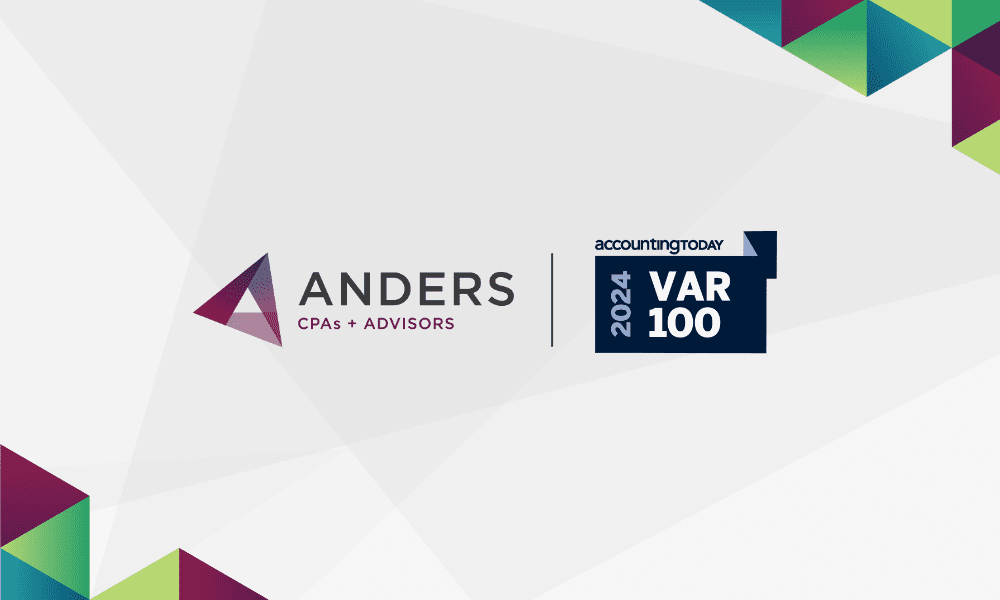Why is Vendor Risk Management (VRM) important for businesses in today’s digital landscape? The answer lies in the increasing number of cyber threats and the potential consequences they can have on organizations. When businesses work with third-party vendors, they introduce additional risk factors into their cybersecurity environment. Without a robust VRM policy in place, these risks can lead to devastating outcomes such as data breaches or the inadvertent delivery of malicious software.
Real-World Consequences of Third-Party Vendor Cybersecurity Risks
Unsecured third-party relationships can have extreme impacts on your business and reputation. In 2013, Target experienced a data breach that exposed up to 40 million credit and debit card accounts. The hackers initially gained access to Target’s network through a phishing attack on an HVAC vendor that had access to Target’s systems. Once the attackers accessed the vendor’s computer, they were able to move laterally within Target’s network, ultimately reaching the customer database. The attackers were able to capture credit card information during transactions as well as names, mailing addresses, phone numbers and more.
The breach had a severe impact on both Target’s reputation and its financial standing. The incident led to numerous lawsuits, investigations, and regulatory penalties, costing the company hundreds of millions of dollars. The incident also highlighted the risks associated with third-party vendors. Organizations learned that they can’t only focus on securing their own systems, but they must also assess the security practices and vulnerabilities of vendors who have access to their networks.
Failure to complete third-party risk management could result in establishing a business relationship with high-risk vendors who then compromise not only your organization’s security but that of your customers or clients. A data breach, even one that started with a vendor, can seriously harm your business’s reputation and relationships, plus it could invite fines and legal trouble depending on the negative impact it creates. A zero-trust application control policy can help your organization protect itself from cyber threats, but how can you be sure your third-party vendor has similar protections in place?
What is Vendor Risk Management?
Vendor risk management, also known as third-party risk management, is the process of identifying, assessing and mitigating risks associated with third-party vendors or suppliers that an organization relies on. These vendors could include suppliers, contractors, service providers or any external entity that has access to the organization’s sensitive information or critical operational processes. Relying on third-party vendors can introduce vulnerabilities and potential security breaches. If a vendor’s systems are compromised or they mishandle data, it can have severe consequences for the organization.
The main goal of vendor risk management is to protect an organization from those severe consequences. This includes ensuring that vendors comply with legal and regulatory requirements, maintain data security and privacy standards, and adhere to the organization’s policies and standards.
Vendor Risk Management Assessment
The process of vendor risk management typically involves several steps:
Identification: The first step is to identify the vendors or suppliers, existing and potential, that are critical to your organization’s operations.
Risk Categorization: Vendors are categorized based on the level of risk they pose to your organization. Categorization can be done by considering factors such as the vendor’s criticality, the sensitivity of the information being shared, and any previous history of issues or breaches.
Risk Assessment: Once the vendors are categorized, a thorough assessment must be conducted to identify any potential risks. This assessment may include evaluating the vendor’s financial stability, reputation, security controls, compliance with laws and regulations, data protection measures and disaster recovery capabilities.
Risk Analysis: During this step, the identified risks are analyzed to determine the likelihood of the risk occurring and the potential impact on the organization if it does.
Risk Mitigation: Based on the analysis, develop appropriate risk mitigation strategies. This could include negotiating stronger contractual terms, implementing additional security controls, regular monitoring of the vendor’s performance or even considering alternative vendors.
Maintain Security via Continuous Monitoring and Reviews
Another important aspect of vendor risk management is ongoing monitoring and review. Organizations should regularly review and reassess the risks associated with their vendors to ensure that they are still adequately managed. Perform periodic assessments, audits and performance reviews. This includes staying up to date with changes in the vendor’s business operations, technology and industry regulations, as well as any incidents relating to the vendor.
In the event of a security breach or any other incident related to the vendor, it’s crucial to have a well-defined incident response plan. This plan should include steps to quickly address and mitigate the impact of the incident, as well as contingency plans to ensure continuity of operations.
By implementing an effective VRM policy, your organization can minimize the potential negative impact on its operations, reputation, and customers. It helps ensure your vendors are held accountable for their actions and your business maintains control over your supply chain and external relationships.
Anders Technology advisors can help your business proactively manage your vendor risks to help ensure a more secure and compliant future. Learn more about the difference our advisors make, and the associated fees, by requesting a meeting below.






